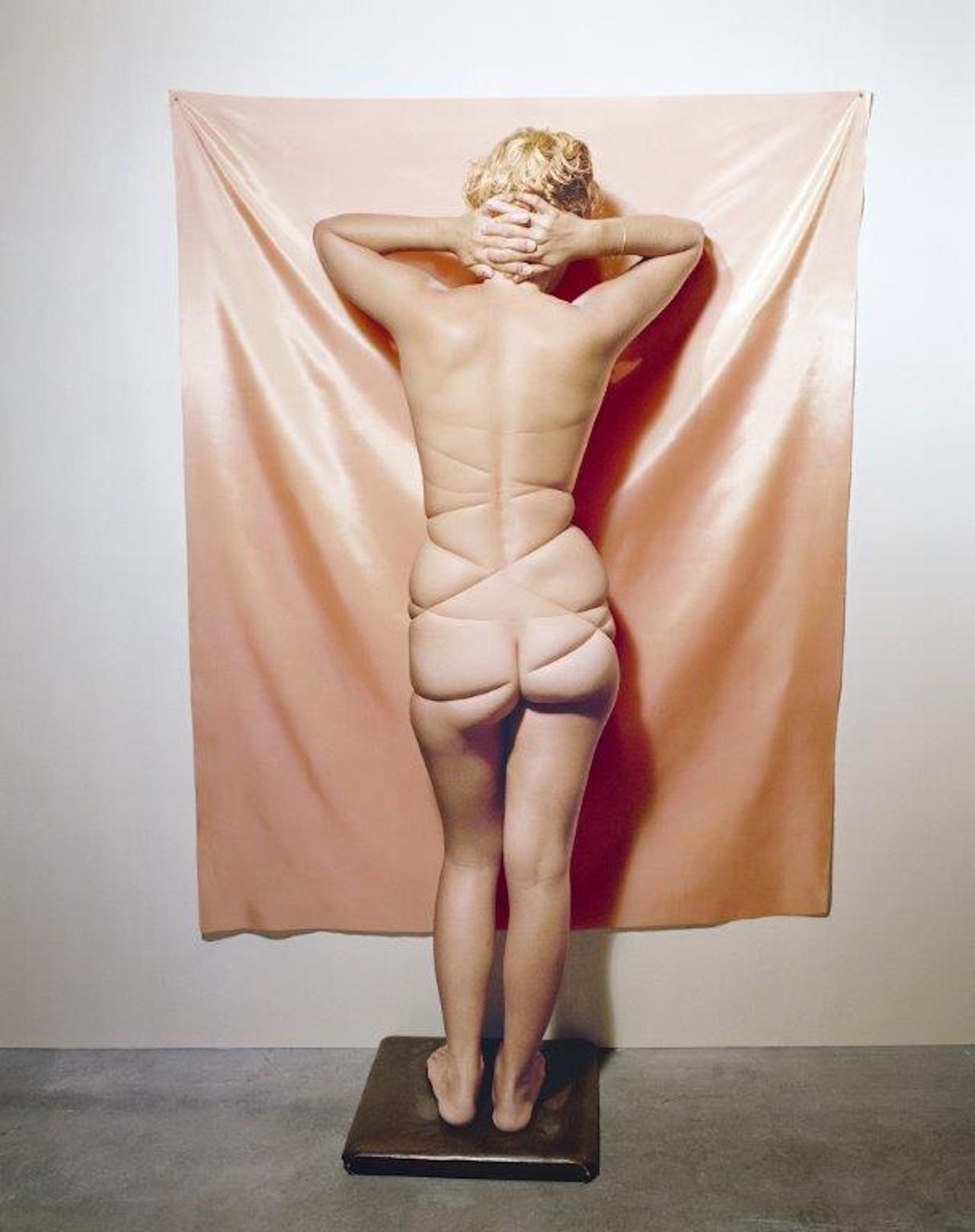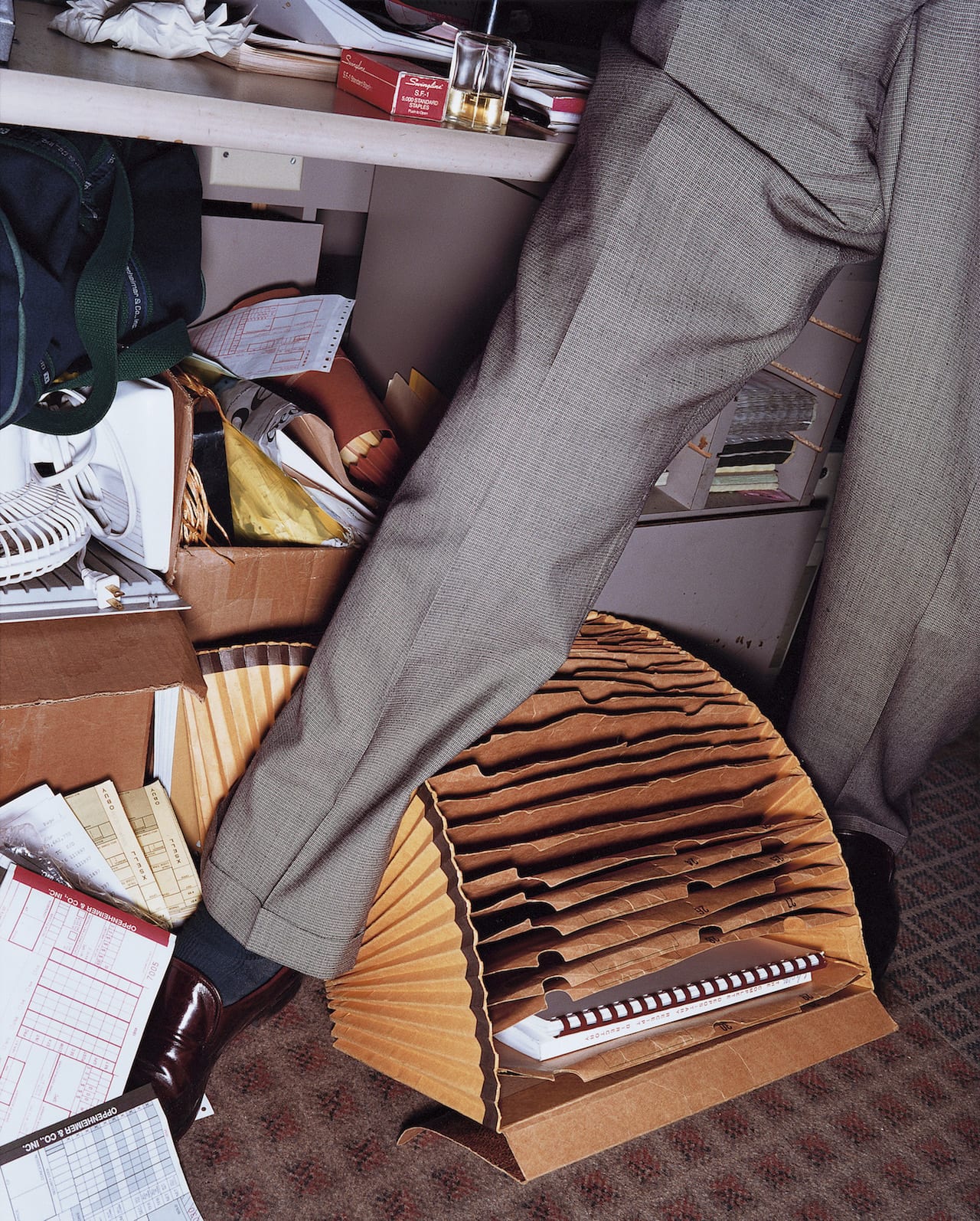“My aim is not to make PHOTOGRAPHS, but rather CHARTS and MAPS that might at the same time constitute photographs,” writes photographer and prolific writer on his craft, Luigi Ghirri in his 1973 essay, Fotografie del periodo iniziale. Trained as a surveyor, the iconography of maps and atlases prevail Ghirri’s photography. “But what if you map his work?” asks curator James Lingwood. “He was, in a way, mapping the changing topography of modern life in Europe in the 1970s and also the change in the relationship between people and images.”










